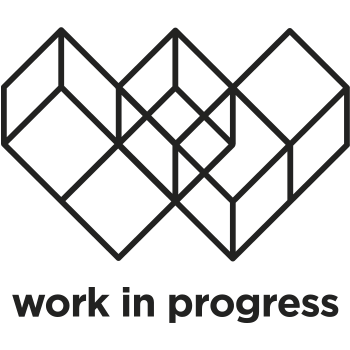THE FINNISH APPROACH TO LEARNING
English is the language of global commerce, arguably the language of the internet, and is essential for any country competing globally. In the Nordic countries English language learning usually starts at age 9. Finnish methods for inspiring the students’ desire to learn (vs standard teacher-centric methods) are renowned.
Student-centered approach
The Finnish approach is different, noted for putting the student, not the teacher, at the centre of the learning process. The focus is on development of communications skills and independent language use. Our nation’s “business model” depends on young people learning to love learning and developing self-management, entrepreneurial and life skills.
Personalised learning
The Finnish methods personalise learning, encouraging the students to build their own learning power. Developing students’ Resilience, Resourcefulness, Reflectiveness and Reciprocity are a part of every lesson. This applies to all subjects, including English language learning. In order to maximise the valuable face-to-face time in class with the students, teachers spend a lot of time preparing, assessing, guiding, commenting on and facilitating individual and group work.
Emotional commitment
There is increasing demand for Finnish educators to improve teaching skills in other markets, instead of typically British, Australian or American teachers. This is not only because we understand how to teach and learn a foreign language, but because our approach inherently creates an emotional commitment to learning.
More than language skills
The Work in Progress characteristic is to provide students with more than just language skills. The communicative and collaborative methods improve study skills and self-management skills. The long-term benefit of learning skills is apparent in studies, the workplace and the community. Our goal is a happy, creative, engaged, organized, resilient student who is able to learn collaboratively and independently and use technology for learning.



